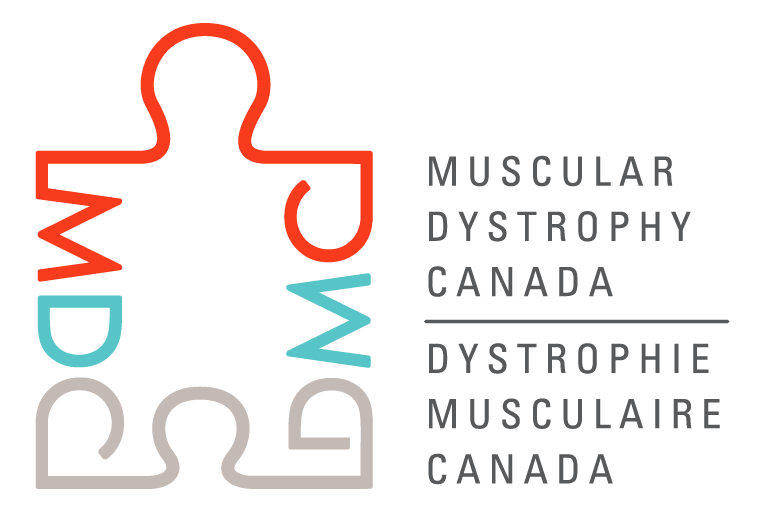Toronto, November 15, 2019 – Research experts, the medical community, and industry stakeholders came together in Toronto this week at the inaugural Muscular Dystrophy Canada (MDC) SMA Research Summit to discuss new research and development.
“This summit was an important opportunity for us to review the latest developments and discuss where there are opportunities to enhance our role in the neuromuscular community in order to provide the proper support for individuals and families impacted by SMA,” said Barbara Stead-Coyle, CEO, Muscular Dystrophy Canada. “We thank our generous sponsors Biogen, Novartis, and Roche for providing us with the opportunity to have these important conversations, as well as our organizing committee—co-chairs Dr. Rashmi Kothary and Dr. Maryam Oskoui, as well as Dr. Craig Campbell and Dr. Lawrence Korngut.”
Key topics under discussion included new research, clinical trial developments, and the changing treatment and regulatory landscape in Canada.
“As part of MDC’s ongoing commitment to influence positive change, we convened leading medical and scientific experts to share and collaborate in ways that will foster medical advances and impact the lives of the individuals and families that we serve. We are excited to continue the momentum and are planning MDC’s first nationwide Neuromuscular Impact Conference, which will be held next year so our clients have an opportunity to hear and speak to the scientific and medical community,” said Daria Wojtal, Director of Research, Muscular Dystrophy Canada.
Spinal muscular atrophy is a severe, inherited, progressive neuromuscular disease that causes major problems with walking, muscle strength, fine motor skills, and the basic physical functions of breathing, swallowing, and feeding. Until recently, there were limited treatment options for SMA, but prognosis has been transformed with the recent availability of a number of effective disease-modifying therapies, notably nusinersen, known as Spinraza. Great advances have been made and there is a pipeline of clinical trials that are transforming what it means to be diagnosed with this rare neuromuscular disease.
ABOUT MUSCULAR DYSTROPHY CANADA
Muscular Dystrophy Canada’s mission is to enhance the lives of those impacted with neuromuscular disorders by continually working to provide ongoing support and resources while relentlessly searching for a cure through well-funded research. To learn more about Muscular Dystrophy Canada, please visit muscle.ca or call our toll-free number at 1-800-567-2873.
MEDIA CONTACT
Heather RiceMuscular Dystrophy Canada
Heather.Rice@muscle.ca


